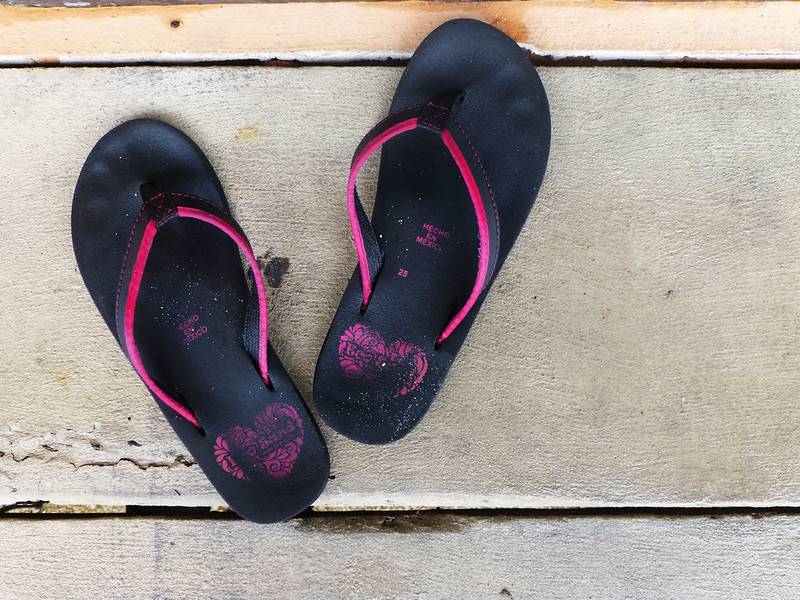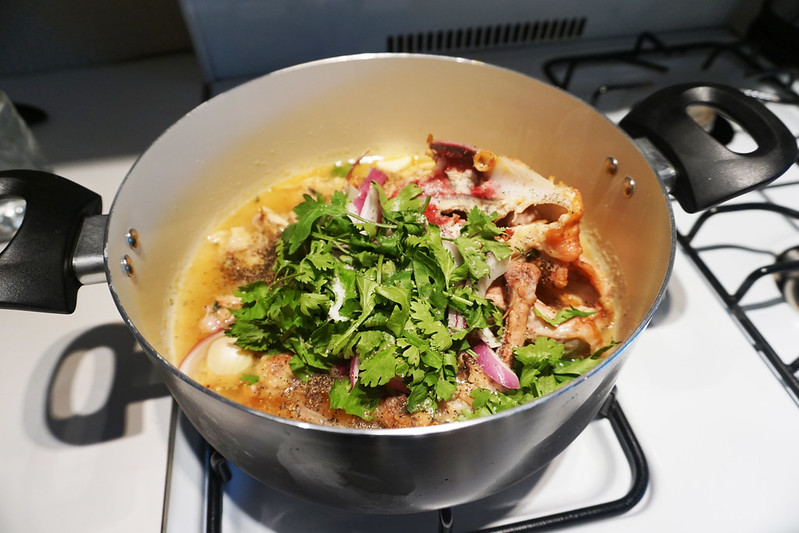4 Things I Learned in my 30s That I So Should Have Known Before
I’ve always been a fan of lifestyle experiments.
Like trying to live on half your income. Or eating in every meal for two years. Or trying something new every single month.
I’ve done a lot of them, myself. Little ones. Big ones.
And I’m always looking for new ways to challenge my thinking, my comfort level, my norms. To learn new things. To change.
And a few of the recent changes I’ve made, I simply can’t believe I didn’t know about sooner. Like…
1. Disposable razors aren’t the only option.
Have you heard of safety razors? Because I hadn’t…and holy crap do I wish that I had! Basically, instead of spending $20 – $30 per month on razors that you eventually toss in the trash, you could spend $20 – $60 one time to buy a razor and package of blades that’ll last for years.
It’s less money and less waste and the same or better quality shave.
I stumbled upon safety razors early this year and ordered one right away. Based on internet reviews, I was a little nervous that a safety razor might be trickier to use and I’d cut myself more…but Not So, Internet! I mean, yes, I’ve cut myself twice in the six-ish weeks that I’ve had the razor, but that’s actually less than I used to cut myself with disposable razor heads. So, for me, it’s a win.
Three things to keep in mind if you decide to try a safety razor for yourself:
A) Rinse and dry and take apart after every wash. I haven’t had mine long enough to really speak to this, but I’m told that drying the blade helps it stay sharp. And I’ve found that taking it apart and rinsing is much more effective at cleaning the razor than trying to rinse while it’s put together. And it only takes about 5 more seconds.
B) Get good blades. The blades that came with my safety razor were total crap and didn’t do anything except dry out my skin. I think that’s the case with a lot of starter kits. To give the razor a fair shake, I recommend buying a multi-pack of blades so you can try some different sharpnesses/brands and figure out what feels good for you. (This is the multi-pack I bought.)
C) Dry-shaving with a safety razor is probably a bad plan, but that doesn’t mean you have to invest in shaving cream (unless you want to). I use mine with conditioner, lotion, and/or even coconut oil.
And speaking of coconut oil…
2. Coconut oil has about a thousand uses outside the kitchen.
Why did I not know this before?!
So, during that same period where I was researching non-disposable razor options in order to a better steward of the planet and save myself some cash along the way, I also started questioning the other things I’ve been buying or going without my whole life. Like: is there a non-disposable, cheaper alternative to baby wipes or makeup remover wipes? What about feminine hygiene products? And can I make my own lotion or chapstick or soap?
In other words, are there other ways I can save money and create less waste in my life?
Which is how I stumbled upon coconut oil.
Again and again and again.
Turns out coconut oil is a great makeup remover, moisturizer, and ingredient in a wide variety of homemade self-care products. I’ve started using it as makeup remover and sometimes as shaving cream and am going to give it a try for a variety of other uses (hair conditioning, dandruff fighting, and cleaning) in the near future.

3. Roasting a whole chicken is easy.
I love cooking and I love reading about cooking, which is why a couple years ago in Arizona, I found myself listening to The Kitchen Counter Cooking School on audiobook. The premise is this: a trained chef decides to teach a group of regular, non-cooking women how to cook simple, healthy, real-ingredient meals. She wants to prove that things like roasting a chicken or making your own pasta sauce aren’t actually that much harder or more time intensive than buying processed food–and they’re well worth the tiny extra effort.
I loved the book and I also loved the idea that roasting a whole chicken wasn’t hard.
Because I’d always thought it was. I’d conflated it with Thanksgiving and the whole-day ordeal that was involved in mom or grandma roasting a turkey and prepping Thanksgiving dinner. It seemed like a whole lot of work.
But, not so.
Those whole meals were, certainly. I don’t mean to dismiss that.
But the whole roasting a bird thing…it actually takes very little true effort. Yes, it takes an hour or a couple hours to roast. But the actual hands-on part of the work is just rubbing some salt and spices on your chicken, tying the legs together (if you have kitchen twine – if not, I frequently do without), shoving some veggies and garlic inside, and tossing it in the oven.
It’s actually one of the quickest prep times of any meal I make. Including much “simpler” seeming meals.
And if I’d known how easy it was and how many meals it makes (anywhere from 6 – 12 servings in our house), I would have been doing this for years.
4. Bone broth and veggie broth aren’t hard either.
So, speaking of chickens. After you roast that whole chicken, you can use the leftover bones to make bone broth. It’s incredibly delicious, full of nutrients, and useful for everything from soups to risotto to drinking by the glass. And it’s also about a thousand times easier than you think.
The big thing is just making sure that either A) you have a crock pot so you can set it and forget it for like 10 hours or B) you’ll be home all day if you plan on slow-simmering it on the stove.
Once I started making bone broth (to the absolute delight of Chad who likes to drink it with his breakfast), I also stumbled upon the idea of using veggie scraps to make vegetable stock. The idea that those throwaway scraps could be useful thrilled me and I’ve been making veggie broth for a few months now anytime we have enough scraps.

So, now, to you: What have you learned in your 30s (or 40s or 20s or 50s or 60s) that you wish you’d known sooner? Big ideas and small ones welcome in the comments.

Leave a Reply